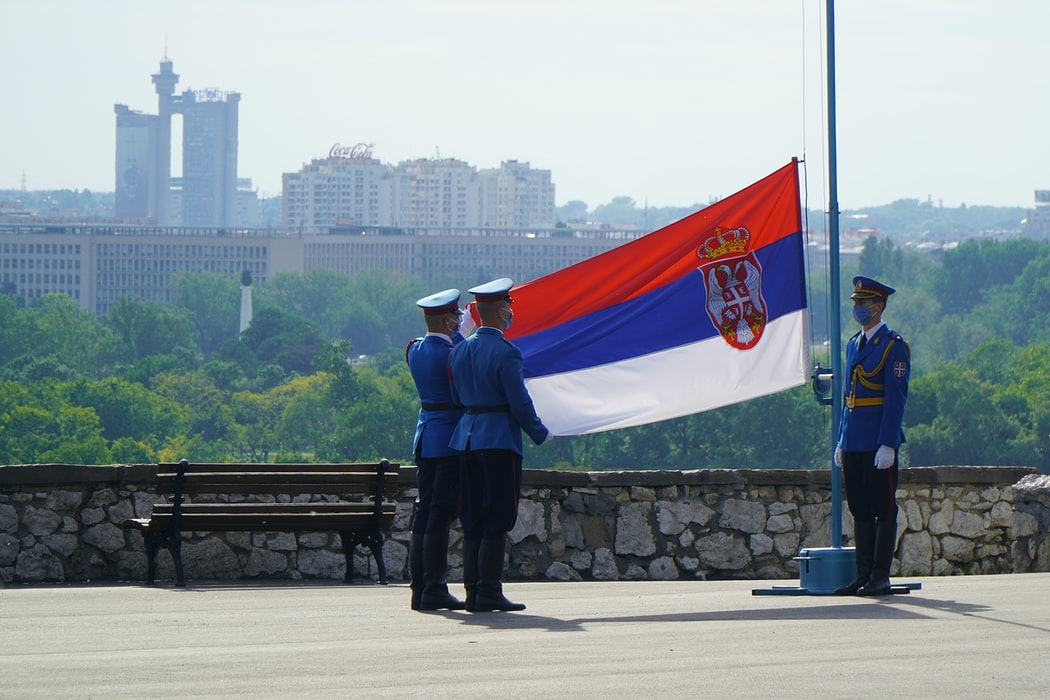
Living in Serbia has its advantages and disadvantages. It is not the country to go to for money, fancy outfits, and career prospects. But if the goal is a comfortable life away from the hustle and bustle, surrounded by picturesque landscapes. Then this is a great option for moving, probably one of the best in Europe.
The average salary in Serbia
The average salary in Serbia in 2020 was 46,000 dinars, which is 390 euros. Nevertheless, in the north of the country and Belgrade, the salary is higher and amounts to about 55,000 dinars or 470 euros. And in the south and west of the country, there are only 38,000 dinars or 320 euros.
The most promising area for life is the northern one. However, for the country’s economy as a whole, such a wage imbalance has a bad effect on its growth and development. Most likely, you will go to Belgrade, start living in the capital. Although some would prefer to start their farm in the province.
Food cost
Much depends on the preferences of a particular family. If you are not used to cooking and intend to eat in cafes and restaurants, dinner at an inexpensive establishment costs about 5 euros. For two you can have dinner for 17 euros.
When you first visit a country, you should always expect to spend a little more on food. It is because in various retail outlets the cost of goods differs. Over time, you will find the most profitable options.
Lovers of alcohol will be satisfied, as beer and wine are offered at a very reasonable price. On average, a bottle of red wine costs 3 euros. Half a liter of Serbian beer will cost 0.62 EUR. For imported beer (0.33 liters), on average, they ask for 0.87.
In catering establishments, the most inexpensive option is a McDonald’s snack. Fast food will cost you 4.20 EUR. And the same price will be asked for a combo set. Half a liter of local beer in a cafe costs 1.29 euros. Water (0.33 liters) will cost 0.94 euros.
As you can see, meals at home will be cheaper. However, ordering lunches and dinners in establishments is not particularly expensive. Serbia is an agricultural country with many healthy, nutritious and inexpensive products on the shelves of its outlets.
Cost of living
As in other cities in the world, a lot depends on where you intend to buy or rent housing. The capital and city centers are more expensive. The province is more profitable for hiring and buying.
The most popular is Belgrade. Renting a one-room apartment in the center of this city costs about 240 euros per month. The same option outside the center will cost about 175 euros.
If you rent three rooms in the center, you will have to pay 450-500 EUR per month for such housing.
Those who intend to go to Serbia for a long time should take into account the fact that in addition to paying for real estate (rent or purchase), you will need to spend on utilities.
On average, costs for gas, heating, water, etc. per 60 m2 are 140€. Add 15€ for unlimited Internet and per minute of negotiations on a cell phone, and get a general picture of costs.
The most expensive for buying is an apartment in the capital. The cost per square meter in the center can be up to 2000€. Secondary housing in other cities of the country or rural areas is more pleased with its prices. Suburban real estate costs from 20,000 euros. It all depends on the selected region and the distance of the object from the center.
Real estate agencies can offer foreigners an excellent selection of houses located in a beautiful area. Recently, it has become fashionable to purchase such housing. Everything goes to the fact that demand will grow, and, consequently, prices will go up.
Tuition fees at universities in Serbia
Higher education for foreign citizens, regardless of whether it is a private or public institution, is in any case paid and costs about 4 times more than for citizens of Serbia. The cost can vary from 1,000 to 20,000 euros per year.
Graduate school and the best universities in Serbia
Today in Serbia there are academic and specialized higher education institutions, in which the educational process is divided into three stages. Academic educational institutions offer more theoretical knowledge from specific scientific fields and prepare students for the doctorate and subsequent scientific work.
Specialized educational institutions provide more practical knowledge. Applicants have the opportunity to choose from a wide range of bachelor’s and master’s programs, including in information technology and engineering, economics, banking, management, philology, political science, arts, agriculture, communications, and more.

